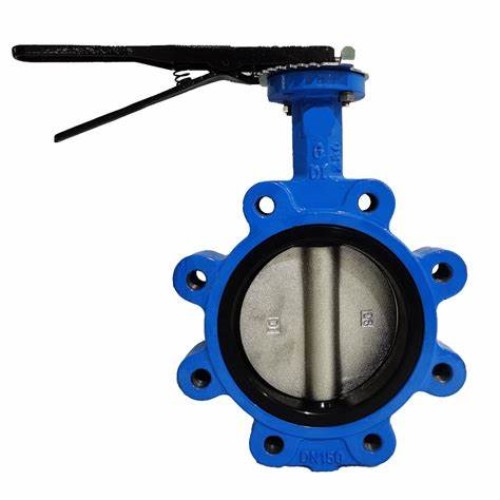Valves and Pipe Fittings for Efficient Fluid Control and System Performance
Understanding Valve Pipe Fittings Essential Components in Fluid Systems
In the realm of plumbing, construction, and industrial applications, valve pipe fittings play a crucial role in the management and control of fluid flow. These fittings are integral components that help direct, join, or otherwise manipulate fluid flow in various piping systems. As technology advances and industries evolve, understanding the types, functions, and applications of valve pipe fittings becomes increasingly vital for professionals and DIY enthusiasts alike.
Types of Valve Pipe Fittings
Valve pipe fittings can be categorized based on their function and design. The primary types include
1. Gate Valves Used primarily for on/off control rather than flow regulation, gate valves allow fluid to flow in a straight line with minimal obstruction. They are commonly employed in water supply systems and can handle high pressures.
2. Ball Valves Featuring a spherical disc, ball valves are known for their durability and reliability. They provide a tight seal and are used extensively in applications where quick shut-off is essential. Their design allows for quarter-turn operation, ensuring ease of use.
3. Globe Valves Ideal for regulating flow, globe valves are characterized by their spherical body. They offer precise control and are often utilized in systems that require throttling, such as in heating and cooling applications.
4. Check Valves These fittings ensure that fluid flows in only one direction, thereby preventing backflow. Check valves are essential in various systems, including sewage and drainage applications, to maintain system integrity.
5. Butterfly Valves Known for their compact design, butterfly valves utilize a rotating disc to control flow. They are suitable for large volumes of fluid and provide a quick on/off control mechanism.
Considerations When Selecting Valve Pipe Fittings
Choosing the right valve pipe fitting is critical for the efficiency and safety of any fluid system. Several factors should be considered
valve pipe fitting

- Fluid Characteristics The type of fluid (liquid, gas, corrosive) significantly influences the material choice for valves. For instance, stainless steel is preferred for corrosive fluids, while plastic fittings may suffice for less aggressive applications.
- Pressure and Temperature Ratings Each valve fitting has its own pressure and temperature ratings. Exceeding these limits can lead to failures. It's essential to select fittings that match or exceed the conditions of the intended application.
- Connection Types Valve fittings come with various connection options, including threaded, flanged, and weldable designs. Compatibility with existing pipes is crucial to ensure a secure and leak-free connection.
Applications of Valve Pipe Fittings
Valve pipe fittings find applications across various sectors, including
- Construction In residential and commercial buildings, valve fittings regulate water supply and heating systems, ensuring optimal performance and safety.
- Oil and Gas In the energy sector, these fittings are essential for managing fluid flow under high pressure and temperature conditions, contributing to the safe transportation of crude oil and natural gas.
- Manufacturing Industrial manufacturing processes often involve fluid systems that require precise control and regulation through the use of various valve fittings.
- Agriculture In irrigation systems, valve fittings control water delivery to crops, optimizing resource use and enhancing agricultural productivity.
Conclusion
In conclusion, valve pipe fittings are indispensable components in the management of fluid systems across numerous industries. A clear understanding of their types, functions, and applications can significantly contribute to the efficiency and safety of fluid flow management. Whether for a plumbing project at home or an extensive industrial installation, selecting the right valve fitting is crucial to achieving the desired results. As technology progresses, so too will the innovations in valve fittings, making it essential for professionals in the field to stay informed about the latest developments.
-
The Key to Fluid Control: Exploring the Advantages of Ball Valves in Industrial SystemsNewsJul.09,2025
-
The Versatile World of 1, 2, and 3 Piece Ball ValvesNewsJul.09,2025
-
Stainless Steel Ball Valves: The Ideal Choice for Efficient Flow ControlNewsJul.09,2025
-
Optimizing Fluid Control with Ball Float ValvesNewsJul.09,2025
-
Manual Gate Valves: Essential for Control and EfficiencyNewsJul.09,2025
-
Everything You Need to Know About Butterfly ValvesNewsJul.09,2025
-
The Versatility of Wafer Type Butterfly ValvesNewsJul.08,2025




